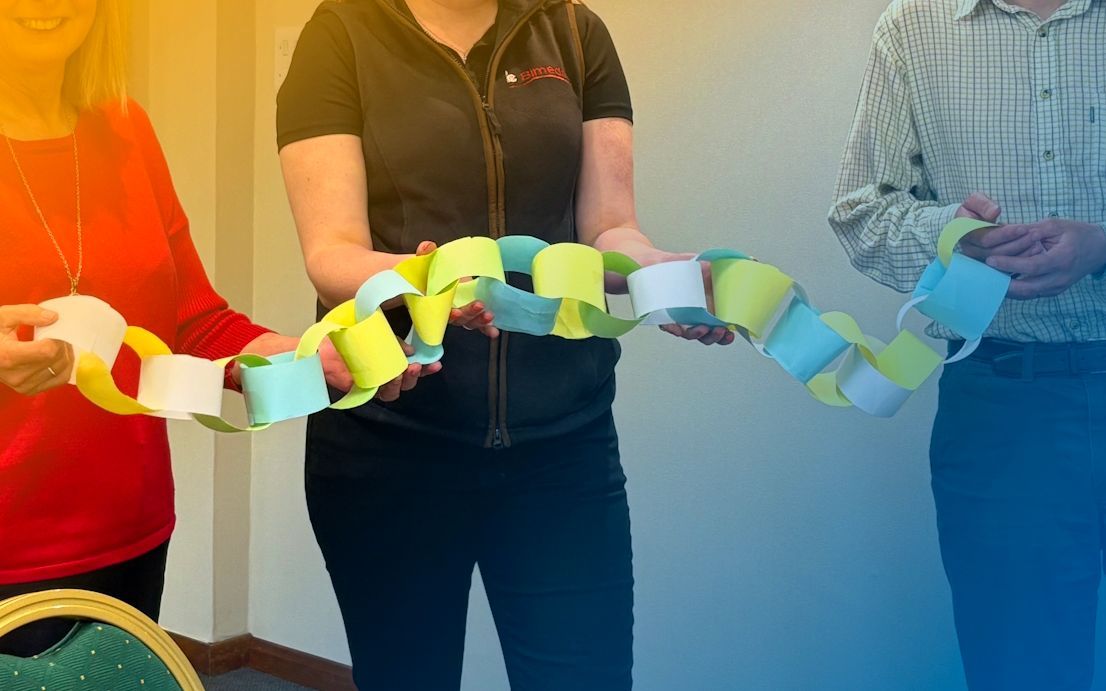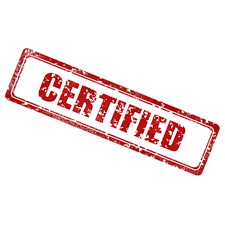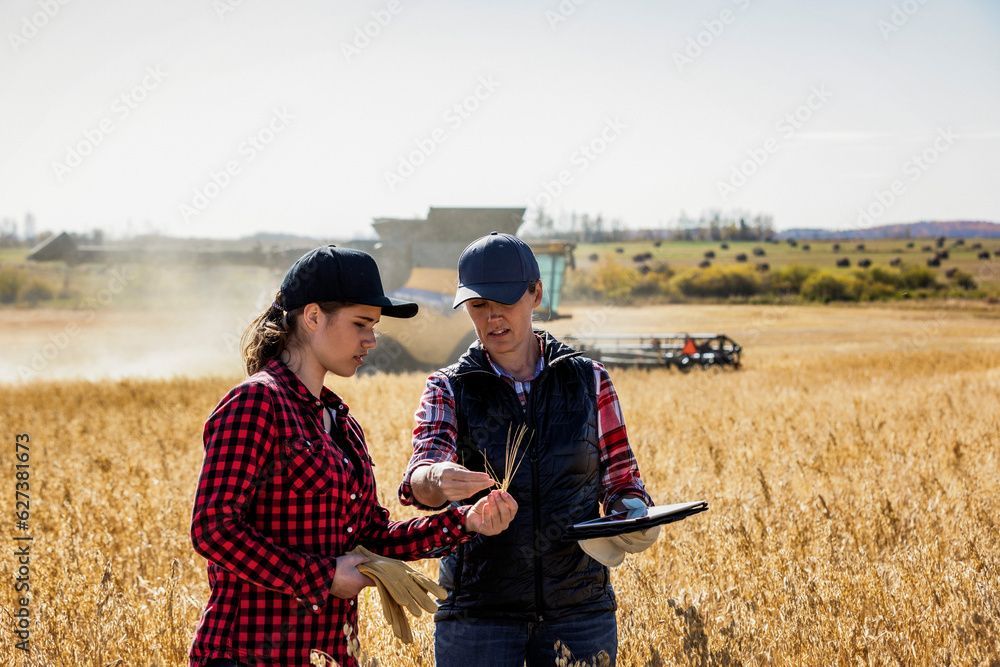How workbooks became learners ‘Bibles’
In our early days, 21 years ago, we began by providing participants with individual handouts for written exercises, notes, and additional theory materials. However, we soon discovered that loose sheets of paper tend to go missing or become disorganised. To solve this, we developed a wire-bound workbook—affectionately known as “the Bible”—for every course we deliver.
Each workbook is completely bespoke, tailored to the specific client and training program. This approach ensures that all materials are neatly compiled in one place, creating a practical and professional resource that participants can continue to reference long after the training session ends.
The workbooks also provide a resource that suits different VAK learner styles – more on that below.
The workbooks have quickly become a cornerstone of our training experience. Many of our long-term clients proudly keep a full collection, one for every course they’ve attended over the years. It’s rewarding to see how these customised workbooks not only enhance learning during the sessions but also serve as valuable tools for ongoing professional development.
What began as a simple organisational improvement has evolved into one of the most popular and impactful features of our training and something we are really proud of.
VAK Learning Styles
The VAK learning styles model identifies three primary ways people prefer to take in and process information: Visual, Auditory, and Kinaesthetic.
Visual learners understand best through seeing. They prefer images, diagrams, charts, and written directions. Visual aids like mind maps, color-coded notes, and videos help them remember and connect ideas. These learners often think in pictures and may find it easier to recall information that is visually presented.
Auditory learners learn most effectively through listening. They benefit from lectures, discussions, podcasts, and verbal explanations. Repetition, rhythm, and sound patterns help them retain information. They often enjoy reading aloud, participating in group discussions, and using mnemonic devices that involve sound or speech.
Kinaesthetic learners, sometimes called tactile learners, learn best through doing and experiencing. They prefer hands-on activities, experiments, movement, and real-life applications. Physical engagement helps them process information and stay focused. Role-playing, building models, and interactive simulations are especially effective for them.
We cover this and more in our Advanced Communication Skills workshop.






















